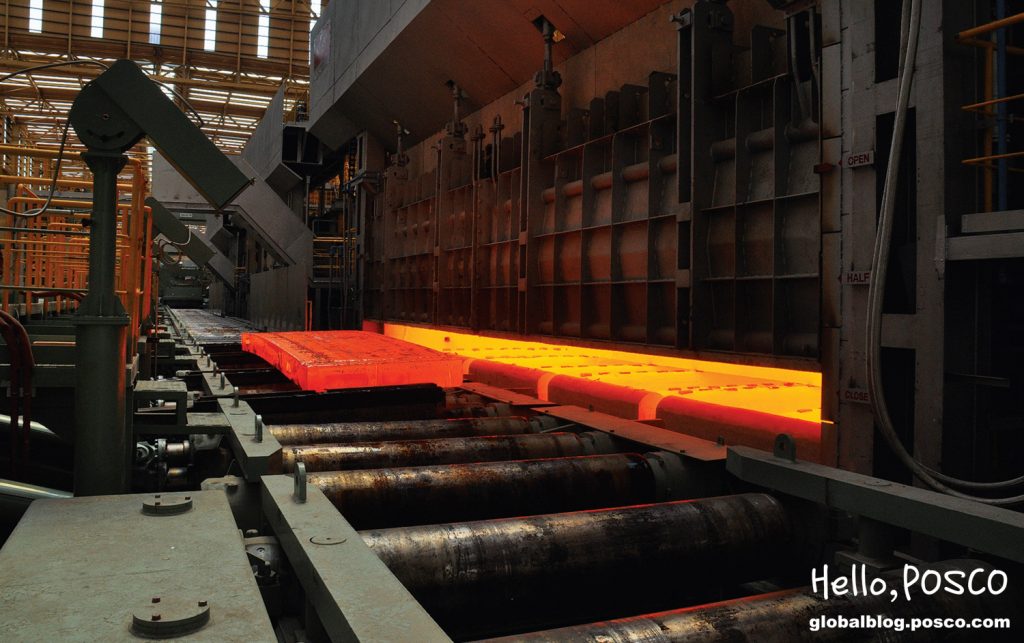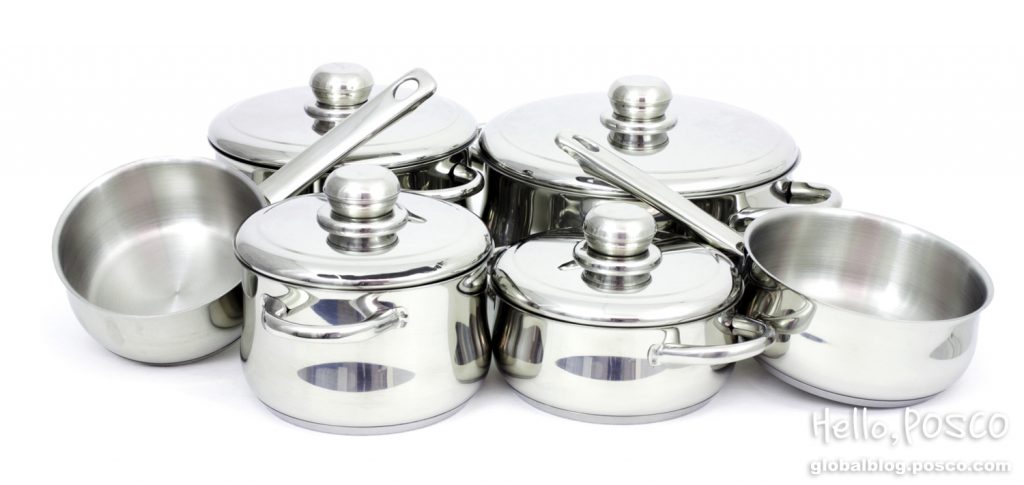What material could replace iron? Most people would say aluminum, magnesium, plastic and etc. Especially because of their lightweight, aluminum and magnesium have been the most popular beliefs for the possible replacement for steel products. However, it seems that it is still quite difficult to completely replace what steel products offer to us. This is because steel is economic due to its abundance in reserve deposits. Also, the mechanical properties of steel products let the steel to be applied in incredibly wide array of areas. The recycle capability is another strength of iron. As it proves its popularity, 1.5 billion ton amount of steel products are produced and distributed annually. Let’s take a look at the excellent qualities of the steel!
Iron: Inexpensive Yet Strong, ‘Economically Feasible’ Material
Steel is one of the most abundant resources. As a result, the cost of steel is indeed very cheap. It only costs approximately 1/3 of its closest alternative, Aluminum, which costs roughly 1700-2000 USD per ton. Furthermore, steel’s price compared to its strength property is significantly lower at 4.4 when compared to other materials such as aluminum alloy at 21.2 and plastic at 11.3. This indicates that steel is cheap despite the material’s outstanding strength. Although directly comparing the costs of steel products to those of similar products made of other materials is meaningless since different materials involve different production process, but it is clear that steel products are cheap yet strong and that steel is relatively more economically feasible when compared to other materials.
‘From a Needle to a Vessel’, Well-rounded Material with Properties of Handy Procedure, Corrosion-resistance and Durability
As implied in the phrase ‘From a needle to a vessel’, steel is extensively used in diverse fields. Not to mention the cheap cost of the material, Steel’s mechanical properties, corrosion resistance and machinability allow its flexible application to various industry fields. It comes as no surprise that steel is universally considered as the most important material in engineering and construction industry.
Plastic is often perceived and used as an alternative material to steel for the characteristics alike; plastic has the merit of being easy to process, mechanically durable, pressure-resistant, and heat-resistant due to high softening temperature, pressure and electro-thermal. Despite all the positive aspects, plastic is still considered inferior than steel in terms of the material’s mechanical and chemical properties.
Through Recycling Process, ‘Iron’ is Eco-friendly
When estimating a certain material’s level of eco-friendliness, recycle availability becomes the standard. In the case of plastic, only 3 ~ 5% of the overall production is recycled. However, due to its simple recycling process, iron stays eco-friendly through high usage of the process.
By reusing the recycled iron, it is possible to decrease 82% of Carbon Dioxide, 88.9% of nitrogen oxides, and 94.7% of sulfur oxides, compared to directly producing iron from minerals. Therefore, iron scraps are considered as one of the top three ingredients of steel along with iron ore and coke.
Even the production process of iron has less negative effects on nature, compared to the processes of other mineral resources. In order to mine mineral resources, trees and forests need to be cut down to make a tunnel in the area. Prior to the mining, a series of content analyses of an iron ore is held to assess economic feasibility of the site. For gold, 3 grams of gold per 1 ton of raw ore is considered economically feasible. This ‘feasible content’ for Aluminum is 13%, iron 5%, copper 0.8% yet the steel is at astonishing 60%. This means that steel is an ‘eco-friendly’ material in that the mining process does not involve extensive environmental destructions and leaves minimal wastes compared to other natural resources. In other words, more use of steel over other materials helps to save the environment. Environmental destruction due to mining process is inevitable yet the negative impacts could be minimized with more use of steel.
Various Usages in Our Daily Lives
Other than the excellent qualities introduced above, there are many more usages in our daily lives. Human body contains certain amount of iron and it is used in manufacturing products from food container to artificial bone structure. Also, sometimes iron is used in producing another type of metal with improved qualities, such as stainless steel. Known for its non-rusting and robust property, the stainless steel is an alloy of regular steel with reasonable amount of carbon, nickel and chrome. As shown, depending on the type of materials added to the steel, various steel products with many different qualities can be made. Since they alloy of iron or oxides tend to be magnetic, it is widely used in producing computer diskettes, recording tapes, skippers, calling cards and more. We could expect for an enhanced quality of life by further developing the outstanding properties of iron and utilizing them into new products in the future!
[box]
Case Study – Steel House
POSCO has built a steel house ‘Youth Shelter’ to support teenage runaways who are not capable of living an ordinary life due to domestic conflicts or violence. In addition, a senior welfare center called ‘Happy Steel House’ was constituted with the fund raised by POSCO family employees’ 1% share campaign. Including the ‘Happy Steel House’, POSCO’s Steel House construction is now being applied in various social contributions in Korea.
[/box]




